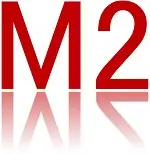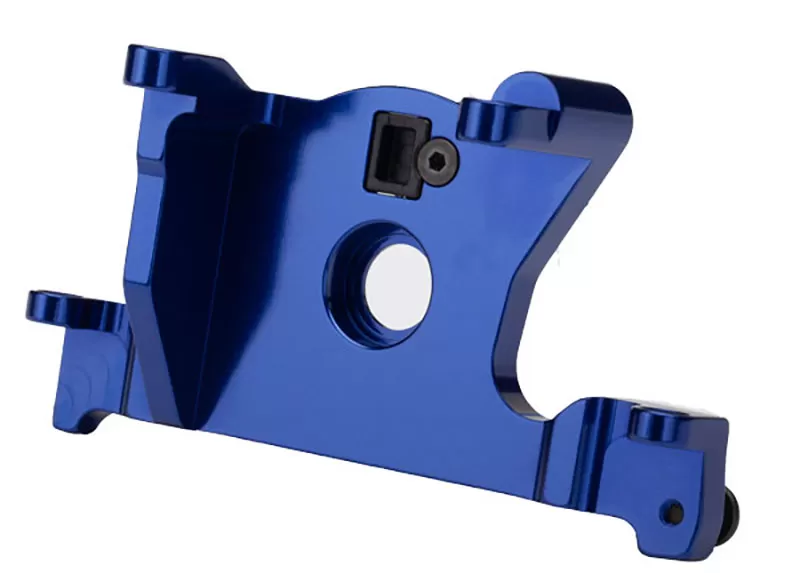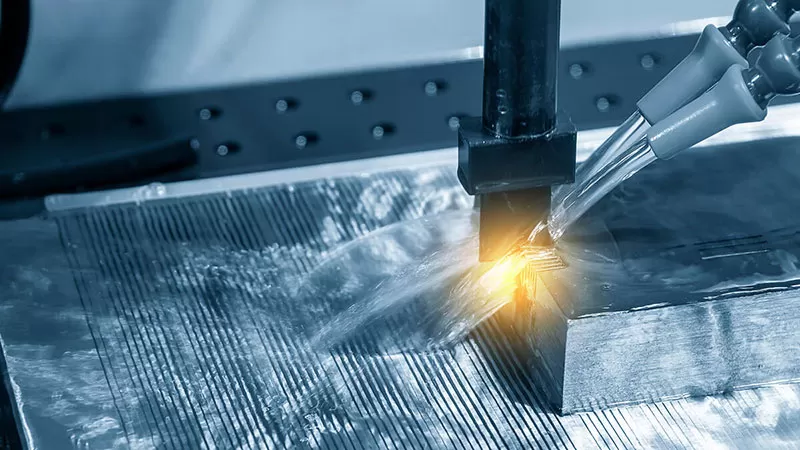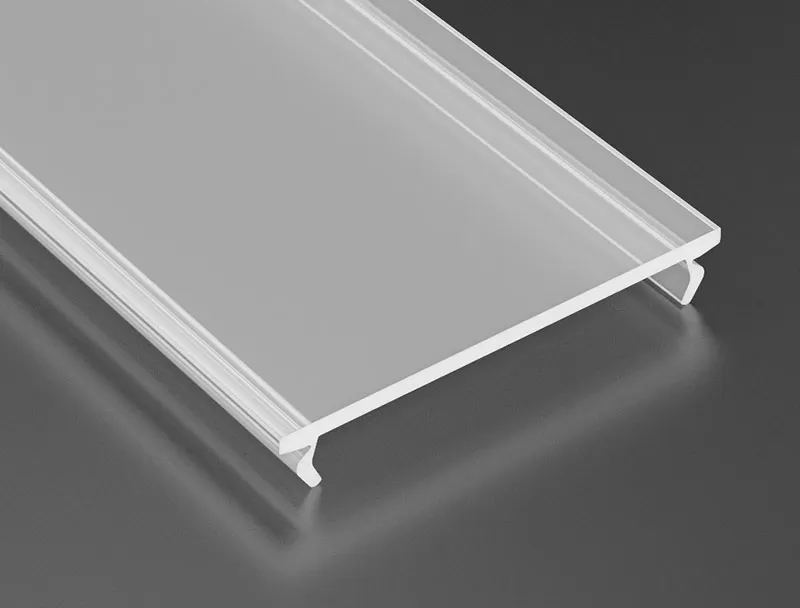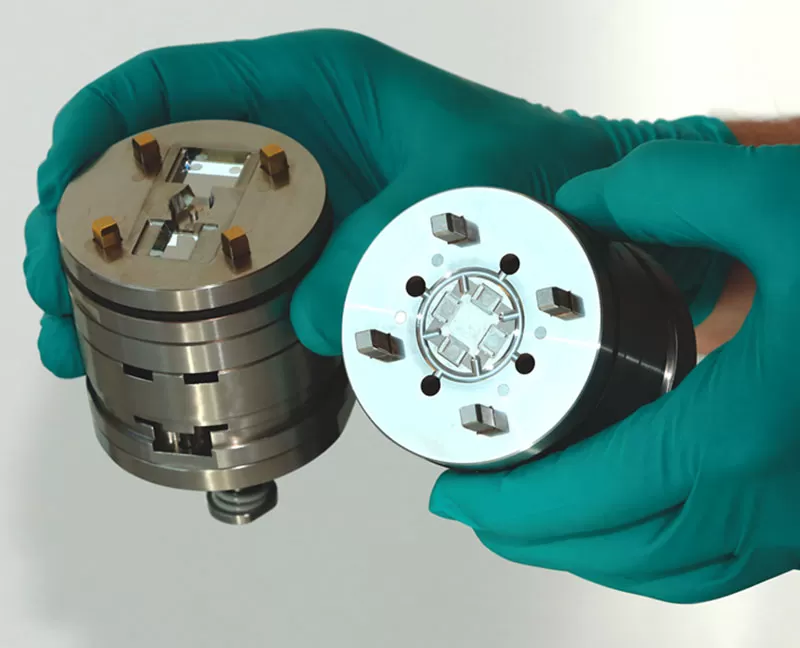A Guide to Injection Mold Slides
Understanding Injection Mold Slides
What are Injection Mold Slides
Slides are specialized components of an injection mold that enable the creation of complex features in a molded part. They are designed to move in and out of the mold cavity during the injection molding process, allowing for the removal of undercuts or threads.
In simple terms, slides are used in injection molding to create features that cannot be molded in a single shot. They allow for the production of more complex parts without the need for additional molding steps.
Injection mold slides are essential components of the mold that allow for the creation of more complex parts with undercuts, threads, or other features. These slides are designed to move in and out of the mold cavity during the injection molding process, enabling the creation of the desired shape. Proper slide design is crucial in injection molding, as it directly affects the quality and functionality of the final product. A poorly designed slide can cause defects in the part, including warping, flash, or sink marks. It can also result in damage to the mold and machinery, leading to costly repairs and downtime.
Plastic Injection Slide Mold
Different Types of Slides
There are different types of injection mold slides, each with its specific use and application. Some of the most common types include:
- Straight slides: These are the most basic type of slide, where the slide moves in a straight line in and out of the mold cavity.
- Angled slides: These slides are designed at an angle, allowing for the creation of undercuts in the part.
- Lifter slides: These slides are used to create features that require the part to be lifted out of the mold cavity before being ejected.
- Rotating slides: These slides rotate the part as it is ejected from the mold, allowing for the creation of threaded features.
Factors to Consider When Designing Injection Mold Slides
When designing slides, several factors must be considered to ensure the production of high-quality parts. These factors include:
- Part design: The part design will dictate the type and number of slides required to create the desired features.
- Material selection: The material used for the slides must be compatible with the mold material and the molding process.
- Slide type and number: The type and number of slides will depend on the part design and the complexity of the features.
- Slide dimensions: The slide dimensions must be calculated accurately to ensure proper movement and clearance in the mold cavity.
- Draft angle considerations: Draft angles must be included in the slide design to prevent damage to the part during ejection.
- Interlocking features: The slide design must include interlocking features to prevent damage to the mold and machinery.
- Designing for manufacturability: The slide design must be optimized for ease of manufacture, assembly, and maintenance, reducing costs and downtime.
Injection Mold Slider
Designing Slides for Injection Mold
Designing injection mold slides requires careful consideration of several factors. Here is a step-by-step guide:
Initial Design Considerations
The first step in designing slides is to review the part design and identify any features that require slides. The part design will dictate the type and number of slides required to create the desired features.
Material Selection
The material used for the slides must be compatible with the mold material and the molding process. Common materials used for slides include tool steel, aluminum, and beryllium copper.
Determining Slide Type and Number
The type and number of slides required will depend on the part design and the complexity of the features. The type of slide required will depend on the type of feature to be created, such as undercut or thread. The number of slides required will depend on the number of features to be created.
Calculating Slide Dimensions
The slide dimensions must be calculated accurately to ensure proper movement and clearance in the mold cavity. The dimensions will depend on the part design and the type and number of slides required.
Draft Angle Considerations
Draft angles must be included in the slide design to prevent damage to the part during ejection. It is essential to consider the draft angle of the part and the slide in the design.
Interlocking Features
The slide design must include interlocking features to prevent damage to the mold and machinery. Interlocking features prevent the slide from moving out of position during the molding process.
Designing for Manufacturability
The slide design must be optimized for ease of manufacture, assembly, and maintenance, reducing costs and downtime. It is essential to consider the manufacturing process and the equipment available when designing the slides.
Common Mistakes to Avoid
When designing slides for injection mold, there are several common mistakes to avoid. These include:
- Failure to consider the draft angle of the part and the slide
- Using incorrect materials for the slides
- Designing slides that are too complex and difficult to manufacture
- Failure to include interlocking features in the design
By following these steps and avoiding common mistakes, you can design injection mold slides that will produce high-quality parts efficiently and effectively.
Prototyping and Testing Injection Mold Slides
Prototyping and testing are critical steps in the injection molding process, including designing slides for injection mold. Here are the key aspects to consider when prototyping and testing injection mold slides:
Importance of Prototyping and Testing
Prototyping and testing injection mold slides are essential to ensure that the slides function correctly and produce high-quality parts. Prototyping allows for the identification of design flaws and errors before production, which can save time and money. Testing ensures that the slides can withstand the stresses of the molding process and function correctly.
Types of Prototyping and Testing Methods
There are several types of prototyping and testing methods available for injection mold slides, including:
- 3D printing: 3D printing can be used to create a functional prototype of the slide design. It allows for a quick and cost-effective way to test the design before production.
- Mold flow analysis: Mold flow analysis is a computer simulation that can predict how the mold will fill and the behavior of the plastic during the molding process. It can be used to optimize the slide design and identify potential issues.
- Physical prototyping: Physical prototyping involves the creation of a physical prototype of the slide design. It allows for the testing of the slide’s function and fit in the mold cavity.
- Testing: Testing involves the use of the actual injection molding equipment to test the slides’ functionality in the mold cavity. It allows for the assessment of the slides’ performance and identification of any issues.
Best Practices for Prototyping and Testing Injection Mold Slides
Here are some best practices to follow when prototyping and testing injection mold slides:
- Start with a simple design: Start with a simple slide design for the prototype to test the basic function and fit in the mold cavity.
- Test the slide under different conditions: Test the slide under different molding conditions, such as varying injection pressures and temperatures.
- Conduct thorough testing: Conduct thorough testing of the slide’s functionality and durability under various conditions to identify any issues.
- Involve the molding team in testing: Involve the molding team in the testing process to get feedback on the slide’s function and fit in the mold cavity.
By following these best practices for prototyping and testing injection mold slides, you can ensure the production of high-quality parts efficiently and effectively.
Manufacturing Injection Mold Slides
Manufacturing injection mold slides requires careful consideration of several factors. Here are some key aspects to consider when manufacturing the slides:
Overview of the Injection Molding Process
Injection molding is a manufacturing process used to produce parts and products in large quantities. The process involves injecting molten material into a mold cavity, which is then cooled and solidified to form the desired shape. The mold is then opened, and the part is ejected.
Manufacturing Considerations for Injection Mold Slides
Manufacturing injection mold slides requires careful consideration of several factors, including:
- Material selection: The material used for the slides must be compatible with the mold material and the molding process.
- Machining: The slides must be machined to precise dimensions to ensure proper movement and clearance in the mold cavity.
- Surface finish: The surface finish of the slides must be smooth to prevent damage to the part during ejection.
- Coatings: Coatings can be applied to the slides to improve wear resistance and reduce friction.
- Assembly: The slides must be assembled correctly to ensure proper function in the mold cavity.
Quality Control and Inspection Procedures
Quality control and inspection procedures are critical to ensure the production of high-quality injection mold slides. Here are some key aspects to consider:
- Material inspection: The material used for the slides must be inspected for defects or impurities before manufacturing.
- Machining inspection: The slides must be inspected during machining to ensure they meet the required dimensions and tolerances.
- Surface finish inspection: The surface finish of the slides must be inspected to ensure they are smooth and free of defects.
- Coating inspection: If coatings are applied to the slides, they must be inspected to ensure they are applied correctly and evenly.
- Assembly inspection: The slides must be inspected during assembly to ensure they are assembled correctly and function properly.
By following these manufacturing considerations and implementing quality control and inspection procedures, you can ensure the production of high-quality injection mold slides that will produce high-quality parts efficiently and effectively.
